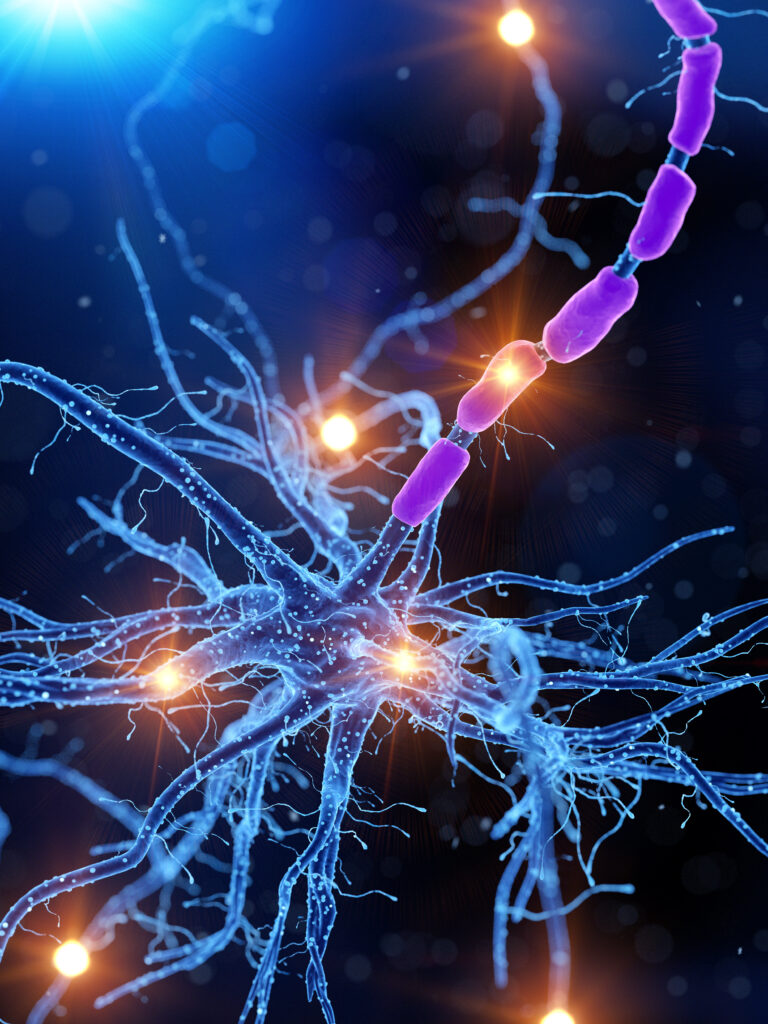As the global population ages, dementia and Alzheimer’s disease are becoming more prevalent. Caregivers and families face the challenge of providing meaningful activities to keep their loved ones engaged, mentally stimulated, and content. This comprehensive guide offers practical advice and recommendations to help create a supportive and stimulating environment for people with dementia and Alzheimer’s disease, while considering their unique needs and abilities.

- Understanding their interests and preferences
Before planning any activity, it is crucial to understand the individual’s interests, preferences, and past experiences. Speak with family members or friends to gather information about their hobbies, passions, and favorite pastimes. This background information can be invaluable in creating customized activities that genuinely resonate with the person, increasing the likelihood of participation and enjoyment.
- Establishing a daily routine
Routine is comforting for people with dementia and Alzheimer’s, as it provides a sense of structure and familiarity. Create a daily schedule that incorporates a variety of activities that cater to the individual’s cognitive, physical, and social needs. Remember to include periods of rest and relaxation to prevent overstimulation and fatigue. As the disease progresses, be prepared to adapt the routine to accommodate the person’s changing abilities and interests.
- Encouraging physical activity
Physical activity plays a vital role in maintaining overall health, and research has shown that it can help slow the progression of dementia. Incorporate daily exercise into the person’s routine, tailoring the activities to their abilities and preferences. Some examples of suitable physical activities include:
- Walking: A daily walk can provide fresh air, social interaction, and mental stimulation. Choose a safe and familiar route, and take note of any obstacles or changes in terrain that may pose a challenge.
- Gardening: Gardening can be a calming and rewarding activity that allows the person to connect with nature. Provide appropriate tools and supervision to ensure safety.
- Chair exercises: For individuals with limited mobility, chair exercises can help maintain muscle strength and flexibility. Simple movements like leg lifts, seated marches, and gentle stretches can be effective.
- Dance or movement therapy: Dance and movement therapy can improve balance, coordination, and mood. Consider enrolling the person in a specialized class or exploring at-home resources.
- Promoting cognitive stimulation
Cognitive activities can help maintain brain function and alleviate boredom. Choose activities that align with the person’s interests and cognitive abilities. Some examples of cognitive activities include:
- Jigsaw puzzles: Select puzzles with an appropriate level of difficulty and a visually appealing image. Large-piece puzzles are available for those with dexterity challenges.
- Word games: Crossword puzzles, word searches, and word association games can provide cognitive stimulation and enjoyment.
- Memory exercises: Encourage the person to recall past events, stories, or details about their life. Use prompts like photographs or objects to facilitate conversation.
- Reading: If the person enjoys reading, provide large-print books or audiobooks that cater to their interests.
- Nurturing social connections
Socialization is essential for emotional well-being and can help prevent feelings of isolation and depression. Create opportunities for the person to interact with others, whether through group activities, family visits, or virtual connections. Some examples of social activities include:
- Group outings: Plan outings to local parks, museums, or community events, ensuring the environment is safe and suitable for the person’s needs.
- Intergenerational activities: Organize activities that involve children, such as storytelling or craft projects, to foster positive interactions and mutual learning.
- Support groups: Many communities offer support groups for people with dementia and their caregivers, providing a space to share experiences and form connections.
- Encouraging creative expression
Creative activities can provide an outlet for self-expression and contribute to emotional well-being. They can also help reduce agitation and anxiety in individuals with dementia and Alzheimer’s. Some examples of creative activities include:
- Painting or drawing: Provide art supplies and encourage the person to create freely. Adapt the activity by using large brushes or pencils for those with dexterity challenges.
- Music therapy: Listening to or playing music can evoke memories and emotions. Create personalized playlists or consider working with a music therapist to explore the benefits of music therapy.
- Pottery or sculpting: Working with clay can be a tactile and therapeutic experience. Offer guidance and support as needed to help the person create their artwork.
- Utilizing reminiscence therapy
Reminiscence therapy involves discussing or revisiting past events, experiences, and memories. This type of therapy can help improve mood, cognitive function, and social engagement. Some ways to incorporate reminiscence therapy into daily activities include:
- Memory boxes: Create a memory box filled with items that hold personal significance, such as photographs, letters, or objects from the past. Use these items to stimulate conversation and evoke memories.
- Life storybooks: Compile a life storybook that documents the person’s experiences, achievements, and relationships. Review the book together, allowing the person to share memories and stories.
- Themed discussions: Use themes like holidays, seasons, or significant events as a starting point for conversation. Encourage the person to share their thoughts, memories, and feelings related to the theme.
- Adapting activities to their abilities
As dementia and Alzheimer’s progress, a person’s abilities will change. It is essential to adapt activities to their current skill level, ensuring they feel successful and engaged. Be prepared to modify or abandon an activity if it becomes too challenging or frustrating.
- Providing a sense of purpose
Incorporating meaningful tasks and responsibilities into daily life can give a sense of accomplishment and purpose. These tasks can be simple, such as folding laundry, watering plants, or setting the table. Ensure the tasks are appropriate for the person’s abilities and provide assistance as needed.
- Being patient and supportive
Patience and understanding are crucial when engaging individuals with dementia or Alzheimer’s in activities. They may struggle with tasks that were once easy for them, so it is essential to offer encouragement and reassurance. Be prepared to adjust activities or change plans if the person becomes overwhelmed or disinterested.
Creating a positive, stimulating environment for individuals with dementia and Alzheimer’s requires a blend of empathy, creativity, and flexibility. By implementing the strategies outlined in this guide, caregivers can provide engaging activities that cater to their loved one’s unique needs and interests. Remember to adapt activities based on the individual’s abilities and consult with healthcare professionals for additional guidance and support.





